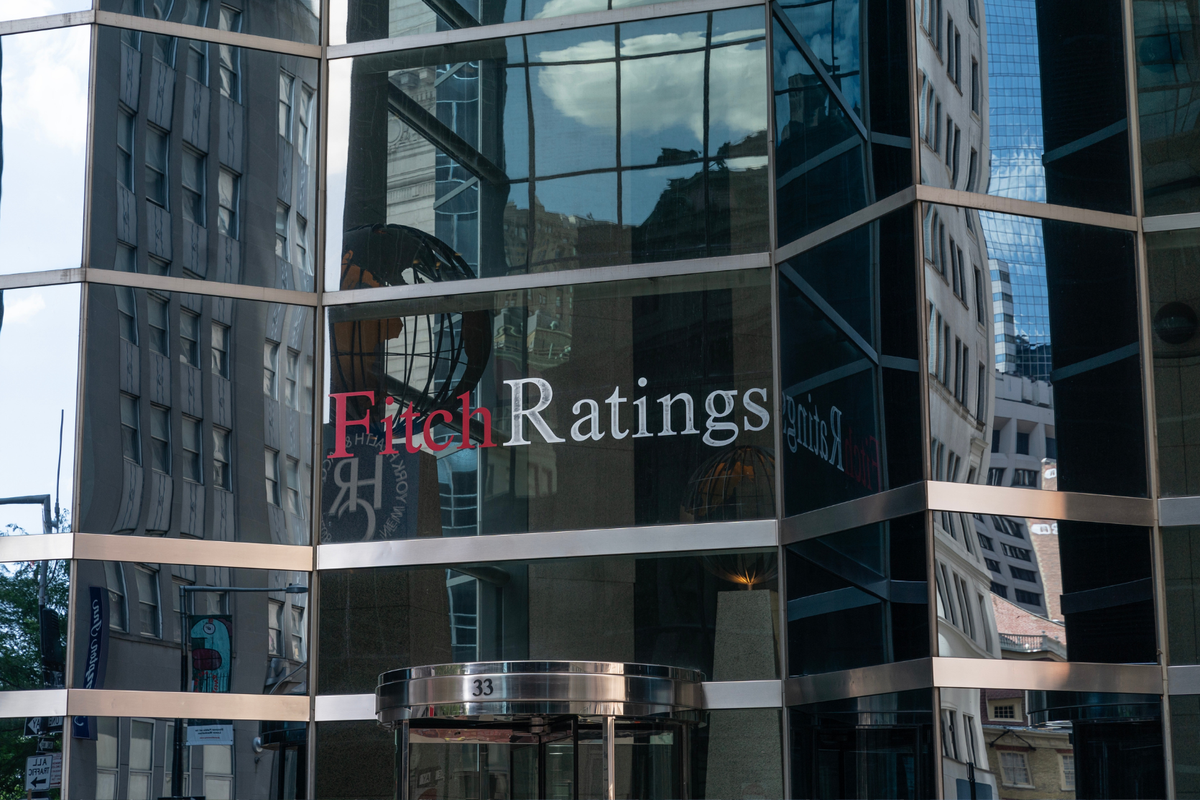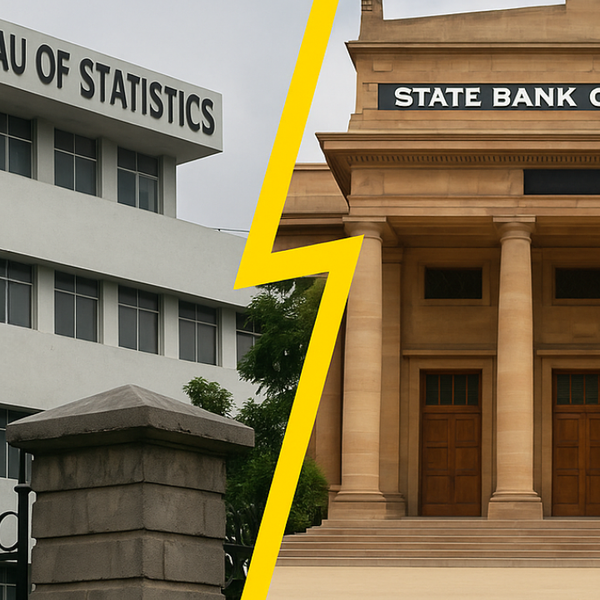U.S. trade war will slow global economic growth, Fitch warns
Fitch assumes that in 2025, the U.S.' effective tariff rate will reach its highest level in 90 years
Business Desk
The Business Desk tracks economic trends, market movements, and business developments, offering analysis of both local and global financial news.

The U.S. administration’s latest tariff hikes will slow economic growth in both the U.S. and globally and delay Federal Reserve rate cuts, according to a report by Fitch Ratings.
Fitch has revised its U.S. growth forecast for 2025 downward to 1.7% from the 2.1% estimated in December. The 2026 projection has also been reduced to 1.5% from 1.7%. These figures reflect a sharp deceleration from the nearly 3% annual growth recorded in 2023 and 2024.
Global economic growth is also expected to take a hit, with Fitch cutting its 2025 forecast to 2.3%, down from an earlier estimate of 2.6%. The ratings agency warns that the effects of U.S. tariff increases will be broad-based, impacting both developed and emerging economies, with growth expected to remain sluggish at 2.2% in 2026.
U.S. tariffs to reach historic levels
The report highlights the rapid and extensive tariff increases introduced by the U.S. since January. The effective tariff rate (ETR) has already surged to 8.5% from 2.3% in 2024 and is expected to rise further.
Fitch assumes that in 2025, the U.S. will impose a 15% tariff on imports from Europe, Canada, and Mexico, and a 35% tariff on Chinese imports, pushing the ETR to 18% — its highest level in 90 years. By 2026, the ETR is projected to moderate slightly to 16% as tariffs on Canada and Mexico ease to 10%.
The report acknowledges significant uncertainty about the extent of the U.S. tariff measures, noting the potential for either a milder or more severe outcome depending on policy decisions. However, the risk of a broader trade war remains, as the U.S. administration appears committed to an import-substitution agenda aimed at boosting domestic manufacturing and reducing trade deficits.
Global impact and economic slowdown
Fitch projects that the tariff increases will negatively impact GDP growth in the U.S., China, and Europe by about one percentage point by 2026. Countries with high exposure to U.S. trade — such as Mexico and Canada — are expected to experience technical recessions, with Fitch cutting their 2025 growth forecasts by 1.1 and 0.7 percentage points, respectively.
Germany’s recent shift toward fiscal stimulus is expected to cushion some of the negative effects, while China is also implementing policy measures to mitigate the impact of reduced U.S. demand for its exports. However, the Eurozone is still expected to experience significantly weaker growth than previously forecasted.
Inflation and fed rate cuts
The report warns that U.S. inflation is likely to rise by an additional one percentage point due to higher tariffs. This will reduce real wages and increase production costs for businesses, while trade retaliation from other countries could further weaken U.S. exports.
As a result, Fitch now expects the Federal Reserve to delay rate cuts until the fourth quarter of 2025. The agency has revised its monetary policy outlook, predicting just one rate cut this year, followed by three additional cuts in 2026 as economic growth slows and tariffs begin to stabilize.
While the full impact of the tariff hikes remains uncertain, Fitch warns that further escalation in trade restrictions could place additional strain on global economic growth and prolong economic stagnation in key markets.










Comments
See what people are discussing